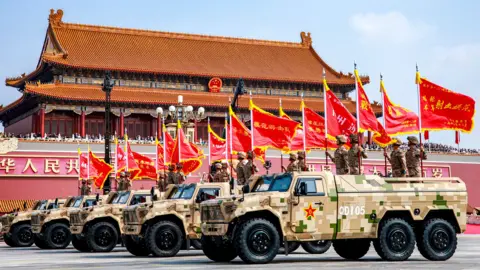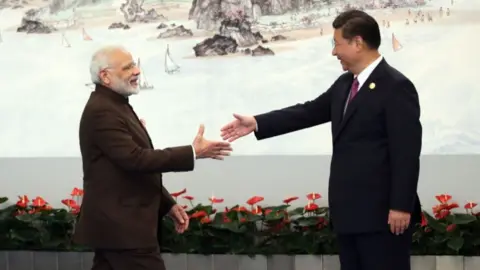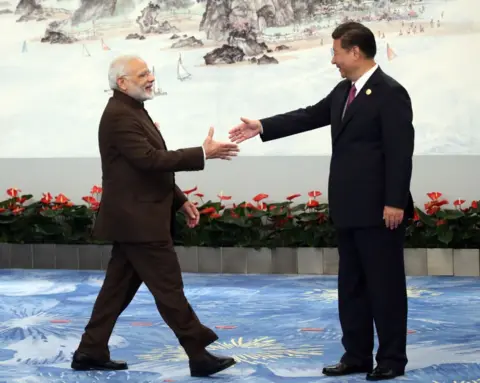In Dharamsala, India, a unique expression of Tibetan tradition unfolds every Wednesday with Lhakar Gorshey, a circle dance that holds cultural significance for the Tibetan community. This vibrant activity occurs near Tsuglagkhang, also known as the Dalai Lama’s Temple complex, where followers continue to gather and celebrate their heritage.
After fleeing Tibet in the 1950s due to Chinese oppression, the Dalai Lama sought to secure the future of his people by establishing an exile government rooted in democratic values. This initiative stems from both his respect for democratic ideals and the recognition that concentrated power in a singular figure could jeopardize survival against external pressures.
Influenced by India’s burgeoning democracy, the Dalai Lama gradually transferred his own authority to an elected Parliament, ultimately stepping away from political control in 2011. His belief was that fostering a political structure independent of any single individual would empower exiled Tibetans to better navigate Beijing's attempts to suppress their culture and aspirations for autonomy.
The Dalai Lama articulated his vision by asserting that traditional leadership by kings and religious figures was becoming obsolete. He advocates this transition to democracy as a way of aligning with contemporary global movements towards freedom and governance by the people. As he nears his 90th birthday, the challenges of succession and maintaining cultural identity loom larger, marking a critical period for the Tibetan exile community.




















